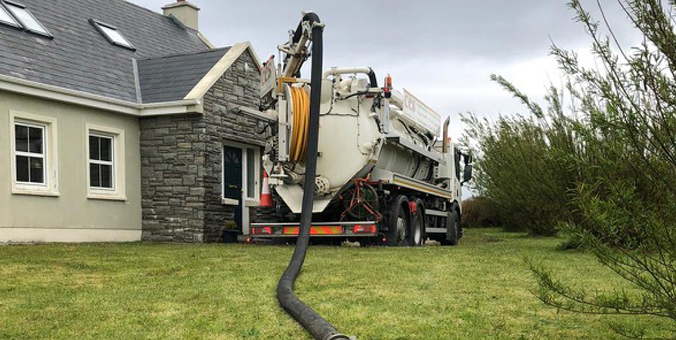ONE in every three household septic tanks surveyed in Clare failed an inspection test conducted by Clare County Councils inspectors.
According to council figures, Clare’s 33% failure rate. This is following an inspection of 55 domestic wastewater treatment systems, was below the national average of 52%.
There are 28,000 septic tanks in Clare. Only a tiny percentage of these are inspected in line with the annual target. Environmental Protection Agency (EPA), Set the target independently of the council.
Councils reasons for causes of Inspection Failures
The Council’s senior engineer, Paul Moroney has confirmed that inadequate de-sludging was the cause of most failures. Also operation and maintenance issues of septic tanks have caused failures.
Mr Moroney said these deficiencies, which were not caused by faults with the system, could be remedied by regular maintenance and de-sludging by an approved contractor, who has a waste permit to dispose of this material properly.
The council engineer explained it wasn’t simply a case of emptying a septic tank. As an approved contractor we have the necessary equipment and training to remove the solids from the tank. And to also put back the liquids to allow it to continue to perform properly.
He estimated that de-sludging a septic tank would cost, on average, between €250 and €300 for a local householder.
The EPA’s first national inspection plan revealed that Clare County Council only completed 31%, or 17 out of the 55 inspections. This was between June 2013 and June 2014, which was the lowest compliance rate in the country.
This prompted the EPA to instruct the council to ensure its full inspection allocation was complete by the end of last December. Which the authority exceeded, by carrying out 81 over an 18-month period.
The council had employed three authorised inspectors. However one of them retired early in 2014. There were other resource issues also that resulted in a temporary reduction in local inspections.
Part of the national inspection plan directed the council to carry out their inspections in eight at-risk areas throughout the county. This was based on a wide range of environmental issues, such as human health, drinking and bathing water, as well as safeguarding vulnerable species, like… Read Full Article on Clare Champion »




